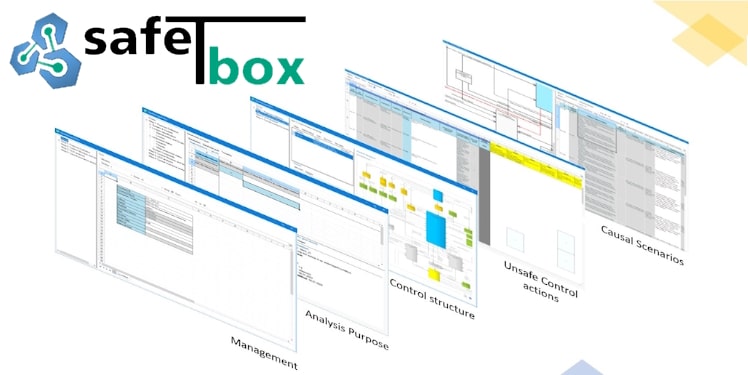Technology-independent data sovereignty: our new innovative ODRL profile has been published
In today’s world, ensuring data sovereignty is crucial. We are pleased to present the latest advances in the area of data usage control, specifically in the area of policy specification: The ODRL profile for data sovereignty. We have extended the…










